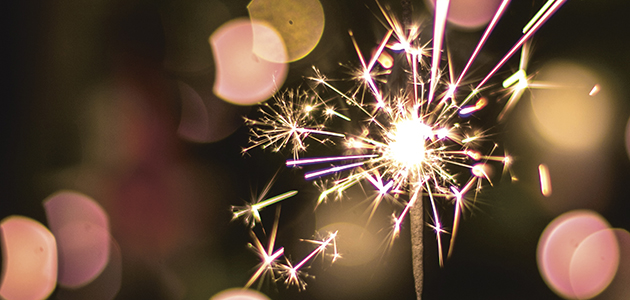‘The improvisations in that stable were more significant than anyone could have imagined.’
Bernard Coote reflects on what we were born to be in the 'Thought for the week'

Whatever else it is, the story of the nativity is an insight into the human consciousness – our self-understanding. A stable, wise men, a star, a couple needing shelter. It is remembered, retold, celebrated on every continent, every year. Its place in the human mind, its influence in history, is complex. The subject of millions of books written by the keenest minds: nonbelievers as well as believers.
This year, the increasing awareness of the impact of human exploitation of this planet compels us to consider the unimaginable. In the Extinction Rebellion handbook there is a chilling sentence from Rowan Williams: ‘Accept the diseased imagination of the culture we have created, and the death count begins now.’ We all have to ask: ‘Is this what we were born to be?’
Never before in our human story have so many well-informed, thoughtful people, of all faiths and none, spoken of humanity as we do now. Nativity, incarnation, highlights the mystery of birth. Suddenly, hands are holding a unique being, a helpless ‘presence’, with such potential to become.
Quakers have always been sensitive to these concerns. In 1669 William Penn expressed himself in language familiar to today’s. He wrote: ‘That the sweat and tedious labour of the farmer, early and late, cold and hot, wet and dry, should be converted into the pleasure of a small number of men – that continued severity should be laid on nineteen parts of the land to feed the inordinate lusts and delicate appetites of the twentieth, is… wretched and blasphemous’. He would be outspoken today.
More recently Janet Scott has written: ‘We can respond to the Christ-event in such a way that we see Jesus as a symbol of God. Using this symbol we can talk about… the light that shines in darkness… we can see the presence of God in every aspect of our lives… above all see God in our fellow-humans… in every homeless child, every refugee, every criminal or outcast’ (Quaker faith & practice 26.50).
The nativity story is linked with light. Birth is our shared experience of emerging from darkness to light. Without light we know nothing, we are nothing. Light reveals the wonder of creation. It is the hand-hold of trust. In the silence of Meeting for Worship, in my tenth decade of Christmases, I wonder at how we have come to be where we are, who we are, in the grand scheme of things.
The improvisations in that village stable were – still are – more significant than anyone could have imagined. The Rome-appointed governor is recorded as being so alarmed that he ordered a ‘massacre of infants’.
‘What were we born to be?’ is a persistent question for humanity. It haunts us. The nativity story has been a light on the path of human consciousness, particularly our understanding and concern for life and one another. ‘Light’ is revelation, offering hope for the future. It is also our ‘No’ to the ways that lead to extinction.
You need to login to read subscriber-only content and/or comment on articles.
